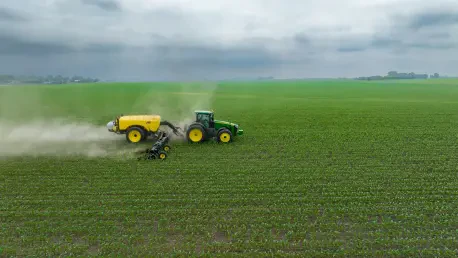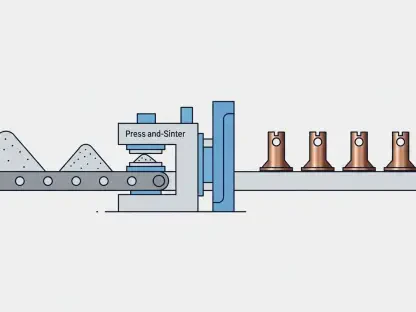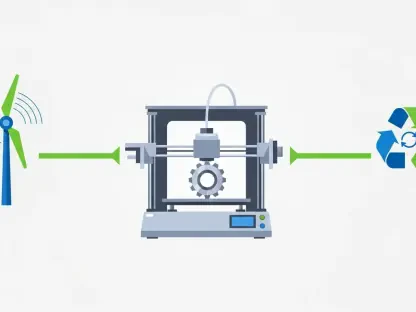India stands on the brink of a transformative era in agriculture, with micro, small, and medium enterprises (MSMEs) poised to play a pivotal role, particularly in the specialty fertilizer sector. Yet, these enterprises face formidable challenges. Amidst a backdrop of rising import dependency and convoluted regulatory frameworks, how can India fortify these vital components of its agricultural future?
Nut Graph: Why This Story Matters
In the intricate weave of India’s fertilizer industry, MSMEs occupy a critical space. They hold the key to improving agricultural sustainability and productivity by innovating specialty fertilizers. These fertilizers are crucial as they help maximize crop yields and adapt to changing agricultural needs. However, without strategic empowerment, their potential remains largely untapped, inhibiting growth and progress both economically and environmentally for the nation. Importantly, 80% of specialty fertilizers in India are sourced from abroad, translating into a significant vulnerability that suggests an urgent need for local solutions.
Unraveling the Obstacles
India’s reliance on imported fertilizers remains daunting, despite heightened domestic production efforts. Significant portions, particularly 80% of specialty fertilizers, are delivered from abroad, underscoring the nation’s vulnerability to market fluctuations. China’s recent export restrictions of key nutrients further amplify these concerns.
Regulatory challenges present a major hurdle for MSMEs as well. The Fertilizer Control Order (FCO) requires intricate licensing processes that often disadvantage local producers compared to importers. These stringent regulations can stymie growth, limiting the entrepreneurial capabilities and innovative potential of smaller enterprises striving to compete.
Financial constraints further exacerbate these difficulties. Skewed subsidy structures favor larger corporations, leaving MSMEs to grapple with overwhelming compliance costs. This unequal playing field diminishes the operational flexibility of smaller players, stalling potential advancements in a sector ripe for innovation.
Perspectives and Insights
Industry experts consistently advocate for reforms to dismantle these barriers and foster a more conducive environment for domestic production. Studies exhibit that local enterprises can thrive and even excel when provided with supportive infrastructures and fair regulatory landscapes.
Success stories showcase MSMEs that navigated the complex regulatory terrain and achieved remarkable growth, highlighting the importance of supportive governance structures. The government’s efforts to launch initiatives aimed at easing the regulatory burden and encouraging domestic participation reveal a commitment to overcoming these challenges.
Pathways to Empowerment
To catalyze change, implementing a “One Nation, One License” policy could significantly reduce the logistical burdens MSMEs face, fostering a more integrated market framework. Utilizing digital compliance tools and adopting risk-based regulatory models will likewise streamline operations and minimize unnecessary hurdles.
Supportive tariff structures, alongside standardized testing measures at the state level, could further embolden local production efforts. Encouraging public sector undertakings to prioritize domestically produced specialty fertilizers would provide a substantial boost to these enterprises.
Conclusion: A Vision for a Self-Reliant Future
Empowering MSMEs in India’s specialty fertilizer sector will not occur overnight. By addressing regulatory inefficiencies, fostering fair financial environments, and prioritizing local innovations, India could harness the capabilities of these enterprises to usher in an era of agricultural sustainability. Through pursuing comprehensive policy reformations and creating an equitable landscape, the nation can transform its domestic fertilizer market into a robust pillar of agricultural progress. Looking ahead, continued commitment to innovation and empowerment holds the promise of resolving longstanding dependencies and securing a self-sufficient agricultural future.









